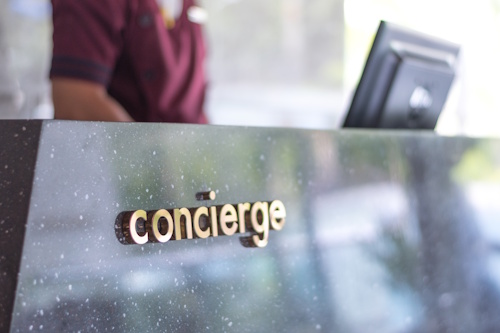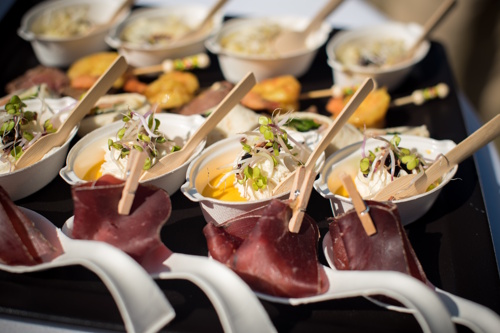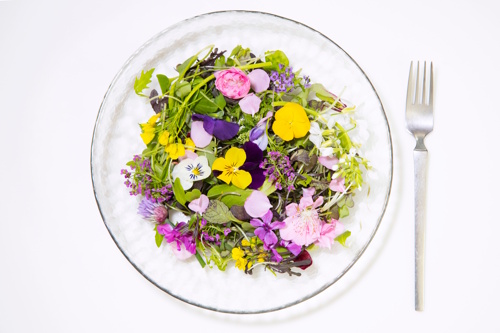In today’s highly competitive hospitality landscape, offering comfortable rooms and quality dining is no longer enough. The most memorable hotels — and the ones that generate the greatest loyalty — are those that go beyond service to create fully immersive experiences.
By shaping their properties around compelling storytelling concepts and clearly defined guest communities, these hotels are transforming themselves into living, breathing worlds that invite exploration, foster emotional connection, and inspire lasting loyalty.
The Power of Targeted Concepts
Some of the most successful hospitality businesses today no longer try to appeal to the broadest possible audience. Instead, they focus on attracting passionate niche communities — guests who share common interests or values.
Examples include:
- Classic car enthusiasts: properties featuring vintage vehicles, rally events, or curated driving routes
- Culinary travelers: hotels with on-site cooking schools, chef collaborations, or farm-to-table programs
- History and culture lovers: restored period properties with guided storytelling tours and themed experiences
- Wellness seekers: retreats focused on meditation, mindfulness, or nature-based healing
- Families with young children: themed family suites and educational experiences
- Adventure travelers: properties integrated with hiking, biking, diving, or paragliding activities
- Creative communities: hotels that host artist residencies, writing retreats, or photography workshops
By designing experiences around these passions, hotels create deep resonance with their chosen audiences.
Storytelling as the Foundation of Experience
At the heart of these concepts lies storytelling. Guests do not simply stay — they participate. The hotel becomes a stage, and every interaction forms part of an unfolding narrative.
An automotive-themed property might offer scenic drives in vintage cars. A culinary hotel could partner with local artisans for hands-on workshops and tastings. A wellness retreat may guide guests through digital detox journeys in natural surroundings.
These storytelling layers enrich the guest experience and create memories that linger long after departure. In an age of social media, they also provide content that guests actively share — driving organic visibility and engagement.
Why Boutique Hotels Lead the Way
Boutique properties are especially well-suited to storytelling-driven hospitality. Their smaller scale allows them to personalize experiences and build close connections with local culture, artisans, and creative partners.
Freed from the brand constraints of large hotel chains, boutique hotels can craft unique narratives where every element — from design to dining — reinforces the chosen theme. This flexibility gives boutique properties a distinct edge in today’s experience-focused market.
The Business Value of Experiential Hospitality
Hotels that successfully embrace experiential, story-driven concepts enjoy clear business advantages:
- Stronger loyalty: Guests form emotional bonds with the property and return more often
- Organic visibility: Memorable experiences generate word-of-mouth and social media buzz
- Premium pricing: Guests willingly pay more for distinctive, high-value experiences
- Collaborative opportunities: Partnerships with artists, local producers, and cultural organizations enrich the offer and expand audience reach
From Accommodation to Story: The Future of Hospitality
Ultimately, hospitality is about creating experiences that matter. When hotels build clear concepts around the passions of their target guests, they become more than a place to sleep — they become destinations that inspire, delight, and remain in memory.
At Hogahero, we believe storytelling will continue to shape the next generation of hospitality — turning hotels into living guest worlds that engage both heart and mind.




